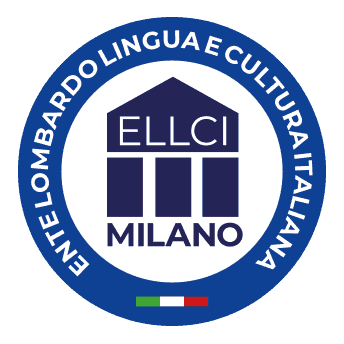
06 Dic
How to apply for a student accommodation in Milan: all you need to know!
how to apply for student accommodation? Finding the right accommodation in Milan may be stressful, especially for foreign students who don’t know Italian and how renting works in Italy.
Milan is Italy’s second city but is the heart of finance, fashion, and design. This means there are many ex-pats in Milan – as well as many international students -, making for a vibrant and cosmopolitan city.
The downside is the competitive rental market.
Here we are sharing the best tips and ideas on how to apply for student accommodation in Milan.
Life in Milan is good! With three easily accessible airports (Milano Linate, Milano Malpensa, Milano Orio al Serio) and three main train stations, Milan is your first door to Italy. Close to the Italian Lakes and the Alps, Milan has always an opportunity to escape the city over the weekend.
All these advantages come with a cost.
A one-bedroom apartment in the city centre costs on average around €1000/month, excluding utilities. On the other hand, a single room in a shared apartment will set you back at €600 / €700.
Check out this quick guide to find the perfect place for you in Milan.
How to apply for the right student accommodation in Milan: 4 tips & ideas
1.Where to look for the right place to stay
Ever joined Facebook groups? There are some specifically designed to connect prospective tenants with those looking to rent their rooms.
Remember a few golden rules: be quick to respond, be honest and straightforward in your dealings. Landlords may post flat share offers in a handful of different groups and websites.
Among online platforms, check out Uniplaces.
2. Select the best locations to live
Set back and think about your daily routine. What do you enjoy most and what bothers you? Do you prefer moving in your comfort zone, getting quickly to your university/workplace, or do you have specific needs when it comes to neighbourhood and quality of life?
Naturally, wherever you choose to rent in Milan will be largely imposed by your budget. But take time to explore the city, ask around and get informed before committing to a long rent contract.
3. Districts
Porta Venezia in Zone 3 is an incredibly diverse neighbourhood, popular with ex-pats, where you can find people from all walks of life getting along together. Zone 3 is called Città Studi because of the large number of universities and college campuses there. Not surprisingly, this is an area very popular among international students, who can find reasonably priced homes and still get easily to class.
4. Italian essentials
Even if you don’t speak any Italian yet, it can help to know the basics of local rental terms. Many Italian rental sites are exclusively in Italian, so if you can’t rely on a local friend or don’t want to rely on an intermediary, it’s time to brush up your Italian with some help:
Affitto, offerte di affitto – To let (in online or paper ads)
Bilocale, Trilocale – Two main rooms including a bedroom.
They are arranged either with a separate kitchen or a kitchen area combined with the main living space.
Trilocale’s have an additional bedroom, making three main rooms.
Loft – we know it can be baffling, but in Italian, “loft” stands for an open plan style, and is not necessarily located at the top of the building.
Mansarda, Attico – Penthouse apartments (they are often more expensive)
Monolocale – A small studio type apartment, or one-bedroom flat
Stanze – Rooms to let
Villa – Detached house
Villa a schiera – Terraced house
If after all our suggestions on how to apply for student accommodation, you still can’t be bothered to do the hard work, let us do it for you!
Check out our options here!
